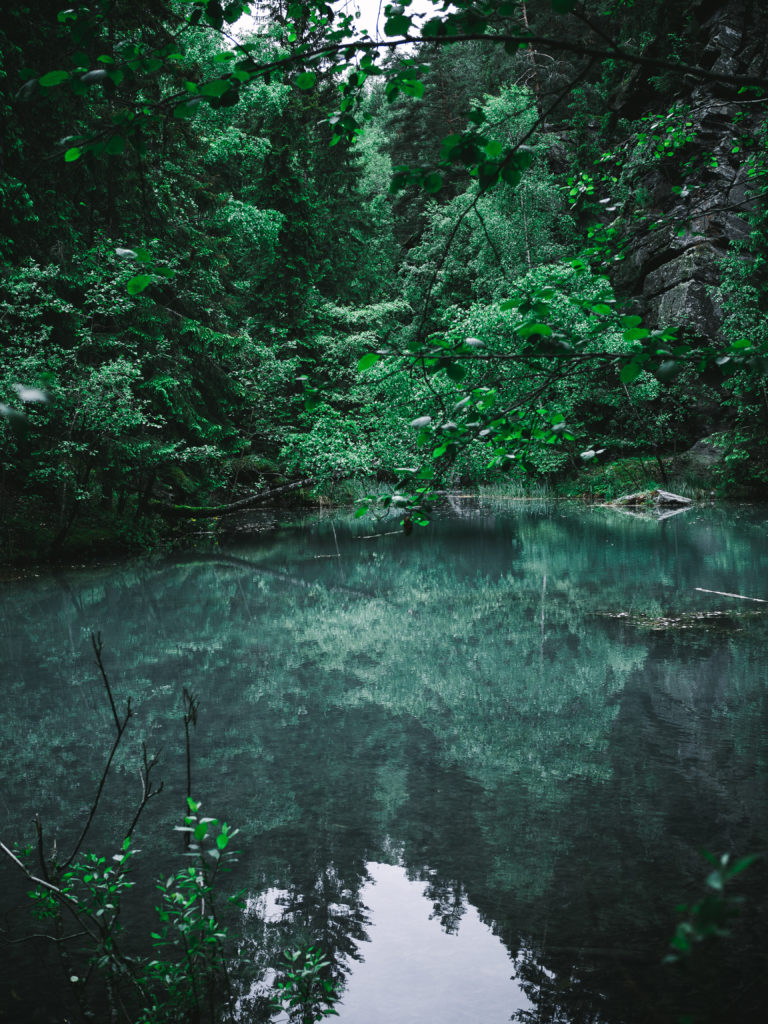
Velvære is the Norwegian word for the state of well-being.
What is special with velvære is that it’s holistic (whole) in nature, like pieces of a puzzle coming together to create a broader picture of our satisfaction, our sense of purpose, and how we function on a personal and social level. It acts as an umbrella term to describe the balance between the body, mind and spirit, which encompasses our physical, emotional, spiritual and social wellness.
To be in a state of velvære/well-being can mean different things for different people, of course. There are internal and external factors influencing our well-being, so it’s important that one’s individual view of their well-being and their feelings are balanced with other aspects of life such as health, social interaction and physical activity.
Slow Nordic Living
One way of approaching velvære is through ‘slow living’. As the name suggests, it’s about slowing down and creating a more meaningful and mindful lifestyle where there is a focus on the values that matter most to each person. This creates more awareness to make purposeful decisions that can benefit personal well-being and society as a whole. So, rather than just eating a meal, we can focus on the ingredients and where they came from, how the meal has been been prepared, who we are eating it with, and how it makes us feel.
Taking slow living even further, I like to put on a Norwegian lens and think of it in terms of slow Nordic living. With slow Nordic living, there are cultural perspectives to well-being that are found in Norway and the Nordic countries, which provide unique approaches to being in a state of well-being. These include our relationship to nature and the larger community, and how creating a cozy atmosphere in our everyday lives boosts our comfort and happiness.
Nature
The Norwegian approach to velvære is intrinsically linked to its natural surroundings, where the landscape plays a vital role in creating balance among all the aspects of wellness. A typical Norwegian lifestyle will be centered around the outdoors. This can be seen from the earliest age, where babies nap snuggly in their strollers outdoors in the fresh air. When children go to kindergarten, they spend a considerable amount of time playing outdoors and learning about their surroundings (some kindergartens are outdoor only). In fact, studies suggest that children receive significant health benefits by being outdoors and playing and digging in soil[1]. Skiing is also introduced at a young age, with the notable saying that ‘all Norwegians are born with skis on their feet’. This relationship with nature is encouraged and embedded from the very beginning, enabling Norwegians to be able to find wellness in whatever setting they may find themselves in.
It is important to note that this connection to nature is not so much conditional as it is seen as necessary and desirable. In Norway, there is another famous saying, ‘there is no such thing as bad weather, only bad clothing’. This is an example of a mindset that provides an individual more freedom to experience wellness in, say, a downpour as well as under a beautiful, bright blue sky. Or rather than perceiving the darker winter months as limiting, looking at the opportunities it brings. A mindset of being able to be outdoors, no matter the weather conditions, removes the negative barriers that might prevent someone from experiencing the powerful and positive effects of nature based on conditional elements.
By removing these barriers to being outdoors, most Norwegians spend a considerable amount of time outside in all sort of conditions, leading to being happier overall. There are countless studies indicating that being outdoors is beneficial both for your physical, spiritual, and mental health.
Outdoor recreation
Being outdoors also brings in another Norwegian term, ‘friluftsliv’. Friluftsliv is an expression meaning open-air living or outdoor recreation. It’s a lifestyle that reflects the passion for nature that Norwegians hold so dear and one that is rooted in a mindfulness of being connected to the larger whole. Friluftsliv also supports the human desire for uplifting experiences while highlighting the need for happiness and mental health.
It can be a simple walk, a lunchtime run, commuting by bike or skiing, heading to the cabin, ensuring children in kindergartens and schools have plenty of access to being in the open air, foraging, and more. There is a strong emphasis on the balance of work and life and that we are more productive and happier when we set aside time to be in nature.
A vital part of the Norwegian concept of friluftsliv is cooking and eating outdoors. This offers an opportunity to sit around the fire and create a more hands-on meal while socializing and enjoying the company of others. Social interaction is an important part of velvære. In fact, researchers indicate that a personal relationship with others is a key factor of happiness world-wide [2]. It’s not really about the number of relationships we have, but rather the quality of those relationships we nourish. It also entails the roots we place in our community, which leads to another important Norwegian concept – dugnad.
Community
Dugnad involves volunteering, helping and supporting the community. This Norwegian activity is all about giving and communal work, which has existed in the culture for a long time and remains embedded here. Traditionally, it would involve finishing large tasks around the farm and fisheries and then conclude with a celebratory meal. It was a give and take, where people would help others knowing that when the time came for them to need help, they would have it.
Today, dugnad is performed regularly throughout the country. It can mean maintenance work, spring cleaning, building projects, refurbishing projects, gardening, and raising money and support for local, national and international causes. This in turn makes people feel good – that they are part of the solution making the world a better place, because sacrificing for a common goal or good will benefit the whole. It’s also an opportunity to make closer social connections, and participating can lead to better self-esteem and learning new skills.
Often, we emphasize the importance of prioritizing self-care in order to be able to care for those around us. I agree with this, but I also think that caring for others, even when we don’t feel well ourselves, can actually benefit our personal well-being. They can work in tandem. The selfless act of giving has an incredible impact on our emotional and spiritual wellness.
Coziness
A a common thread in these concepts is the Norwegian idea of koselig. Koselig is often described as a coziness that involves all aspects of one’s life, such as the connection with nature, eating a meal and enjoying the company of others. There’s a warmth and security to it, evoking happiness and contentment. It’s an atmosphere, a feeling, and a mood that is created in a myriad of ways to make the most out of the moments. It’s like taking a plain cake and instead of eating it as it is, beautifully decorating it and serving it on delightful dishes to friends while sitting in the garden as the birds sing in the trees – all these things help to accentuate the moment even more.
Koselig is a concept that runs throughout the year, but even more so during the winter season. Being cozy helps make the darker and colder days more bearable, which is where candlelight, board games, fireplaces and woolly sweaters and mittens come in hand.
Although koselig is conceptual, it’s achieved in practical ways. Meaning, it’s the actions we can easily do that create the feeling. Find the things that make you happy with a focus on nature and social interactions and incorporate them into your everyday routines to make koselig a part of your well-being.
Summary
Focusing on well-being opens up for a more joy-filled life experience. It can be even the most simple measures making all the difference. My time in Norway has taught me many things, including that by adding a little slow Nordic living in our lives – focusing on velvære, friluftsliv and dugnad, with a sprinkle of koselig for added comfort and happiness – gives each day more balance and more meaning. As our well-being flourishes, so too can we help flourish the world we live in.
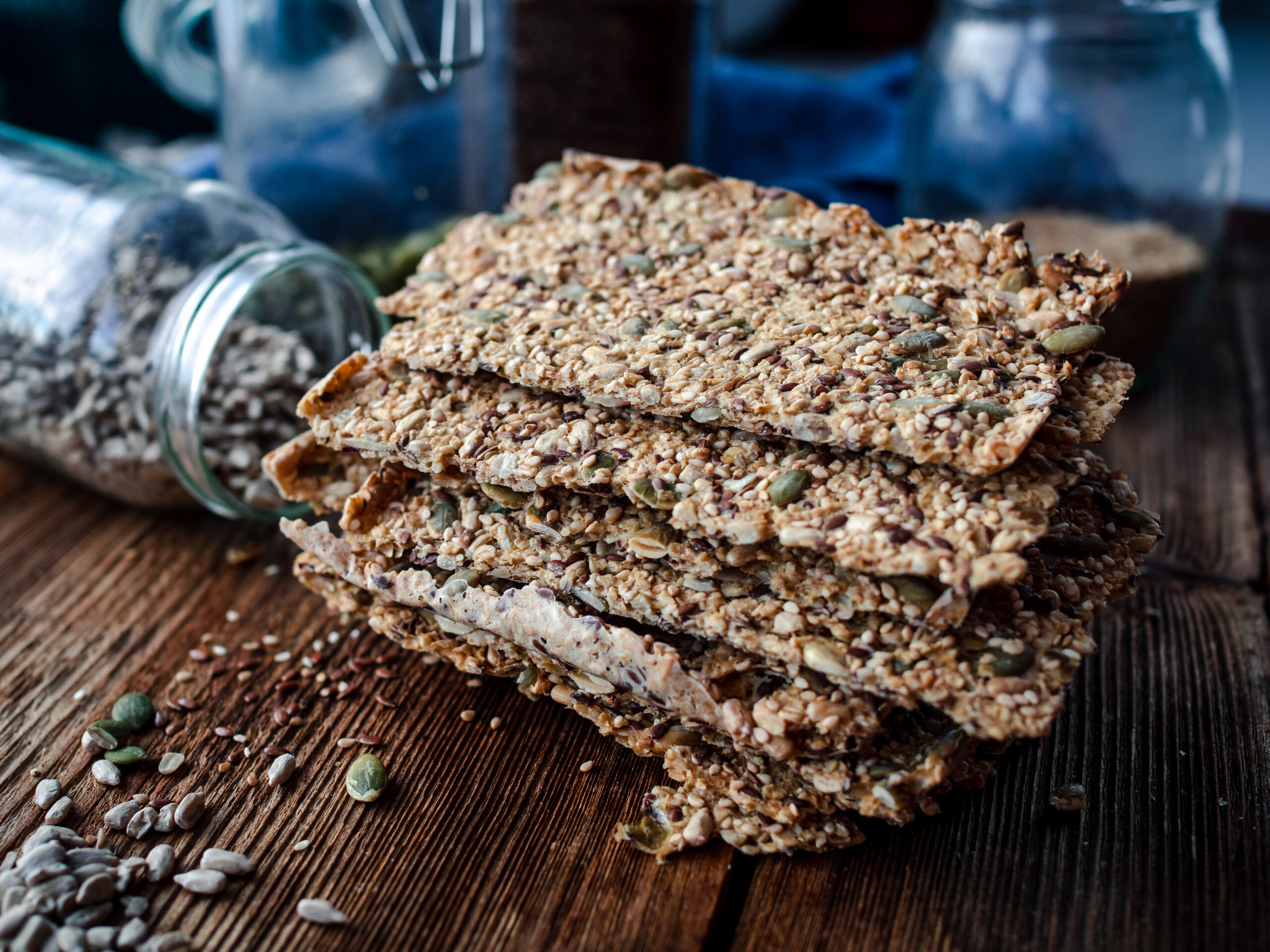
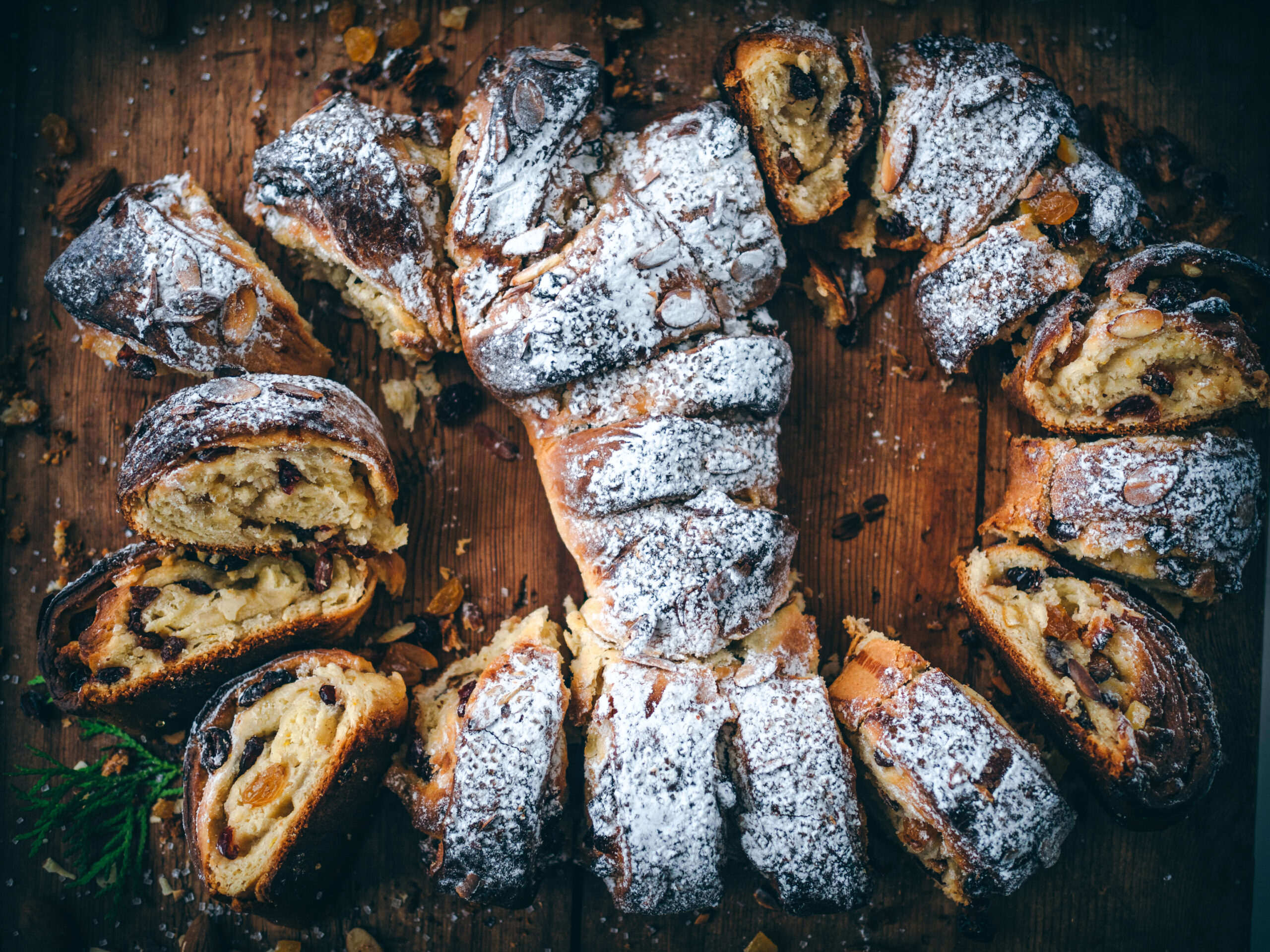
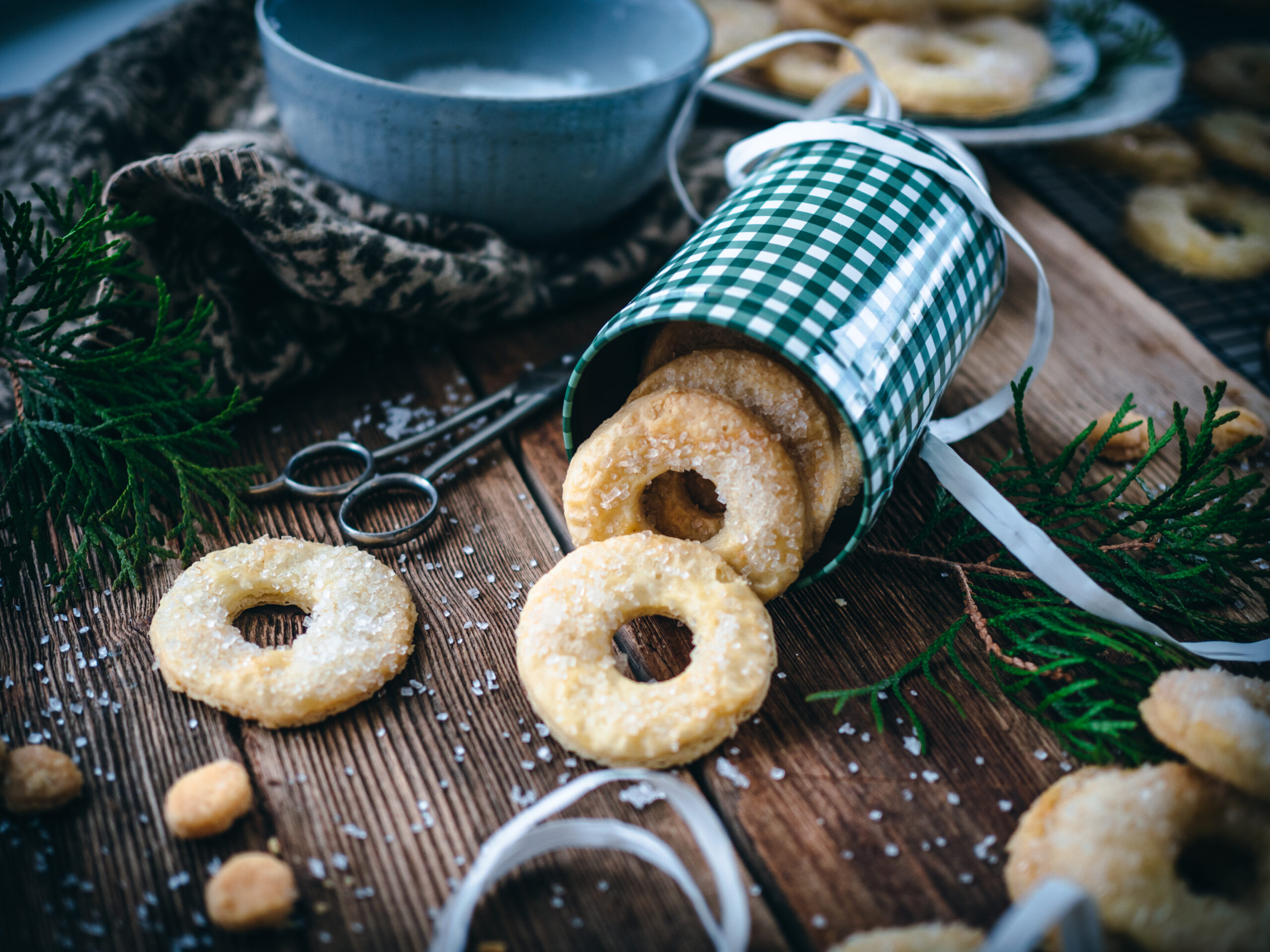
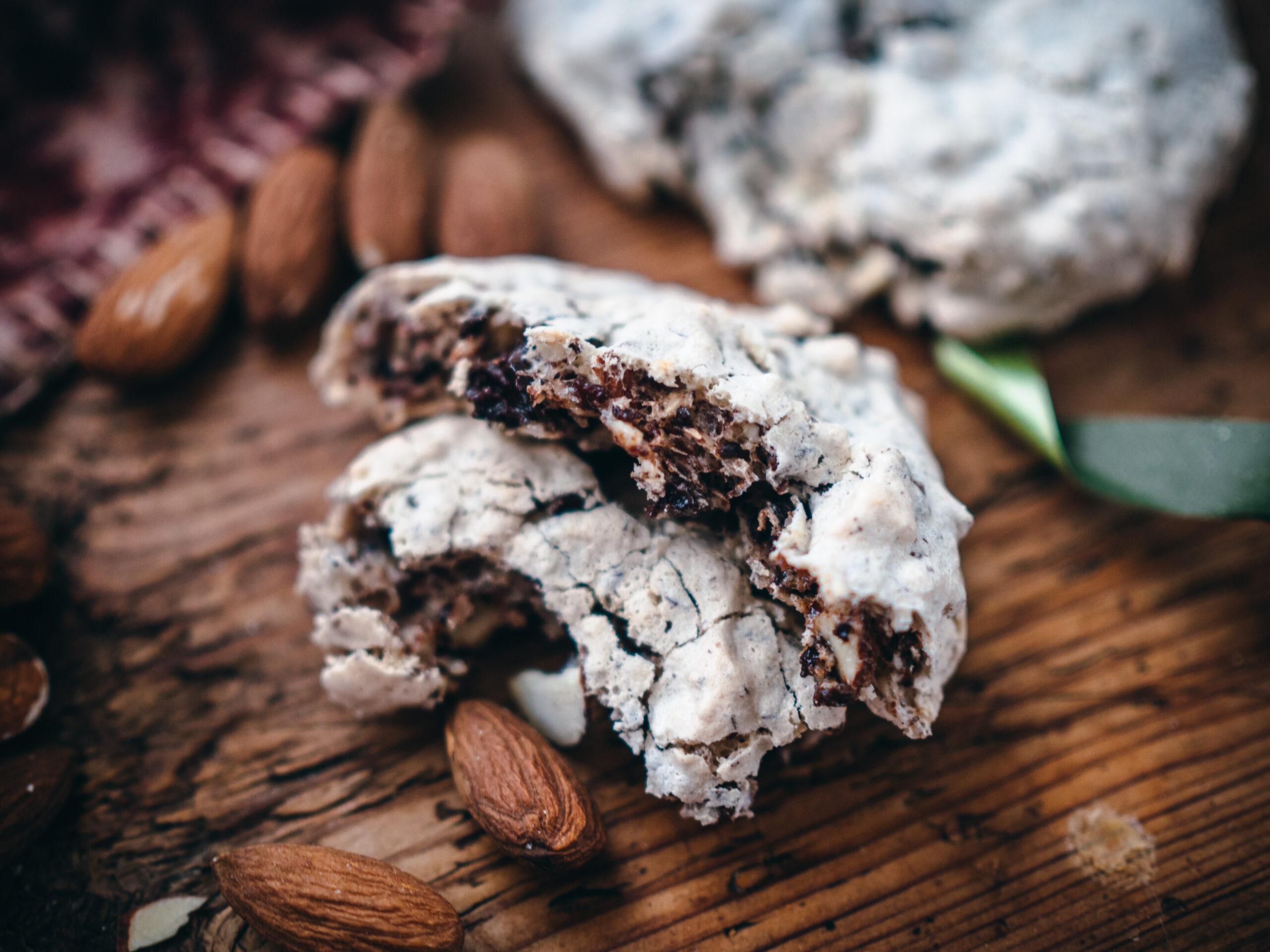
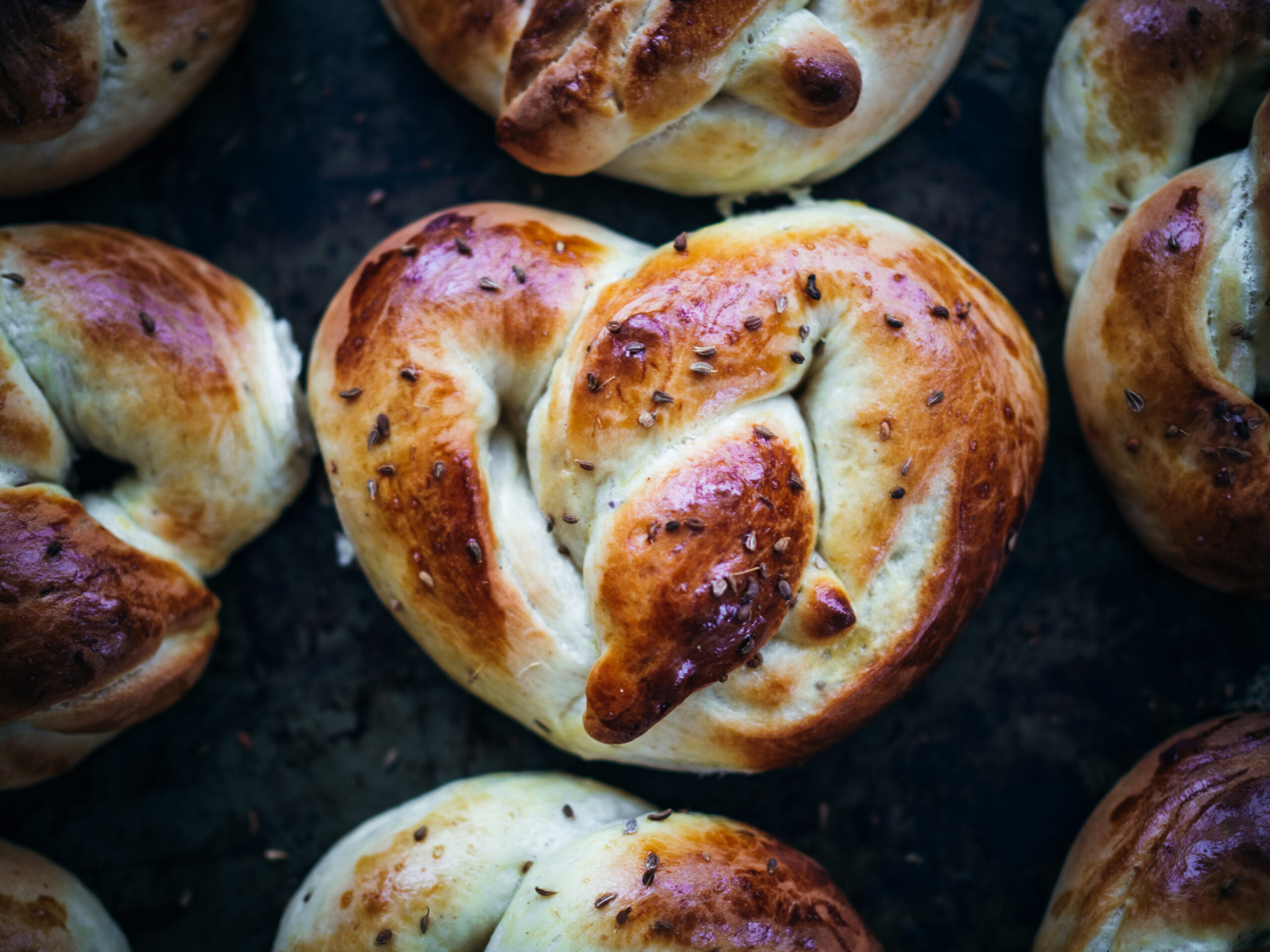
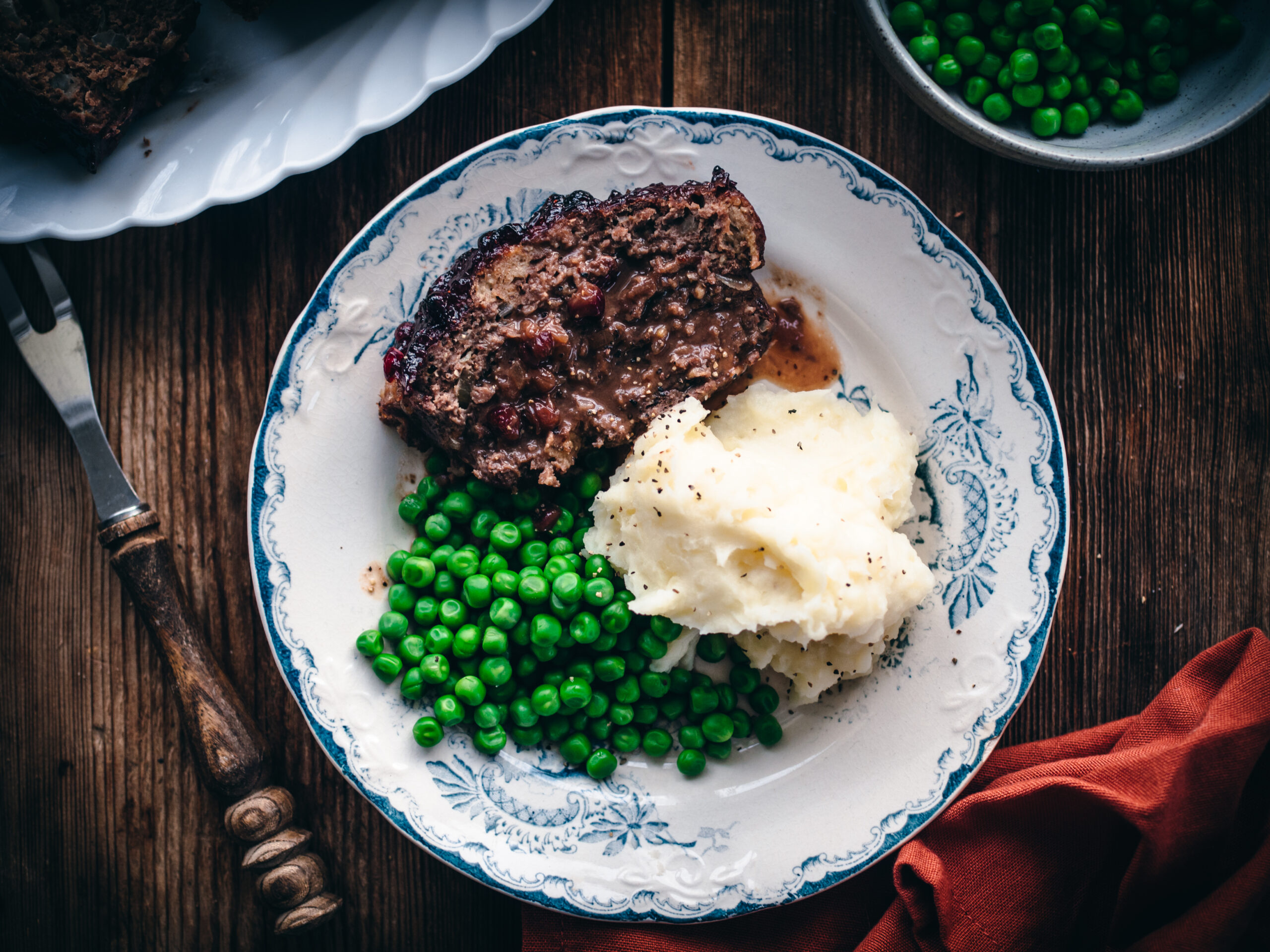
Thank you for sharing this lovely post and your inspiration for the New Year.
I can relate to so many aspects of your writing, and look forward to my own life-application of these elements as they have been part of my life and I’ll continue to incorporate them even more in the year to come.
Your words and your pictures are beautiful and continue my ever-longing to be back in Norway.
So beautifully written. I do believe you have captured the concepts very well. We, in the US, used to practice these principles (think barn raising events, church clean up days,etc. ) for Koselig.
This is sorely missing from our society today.
I am taking all of these principals to heart today (I consider them a gift as it is my birthday) and hope to spread them by example. Thank you.
Happy birthday, dear Ann! Wishing you a joyous and blessed year!
Those are the values that has been intrenched in my sole as a child by my norwegian family living on the tiny island vaeroy lofoten. Tusen takk for so beautifully written way of life you have shared now i can share your words with my children and grandchilren🌹🌹🌹🌹🌹🌹👍
Beautiful. (:
I stumbled onto your website completely by accident, but I have to say I’m OBSESSED. My husband and I are really advocating for slow living in our lives (which is difficult right now 1) living in Las Vegas and 2) with a cross-country move in the next three weeks), I LOVE to cook, AND I’m learning Norsk! I feel like this website was made with me in mind and I’m so excited to check out more of it! You have a dedicated reader in me 🙂
Hi Kaley, thank you so much! I’m glad you and your husband are advocating for slow living 🙂 Good luck with the move!